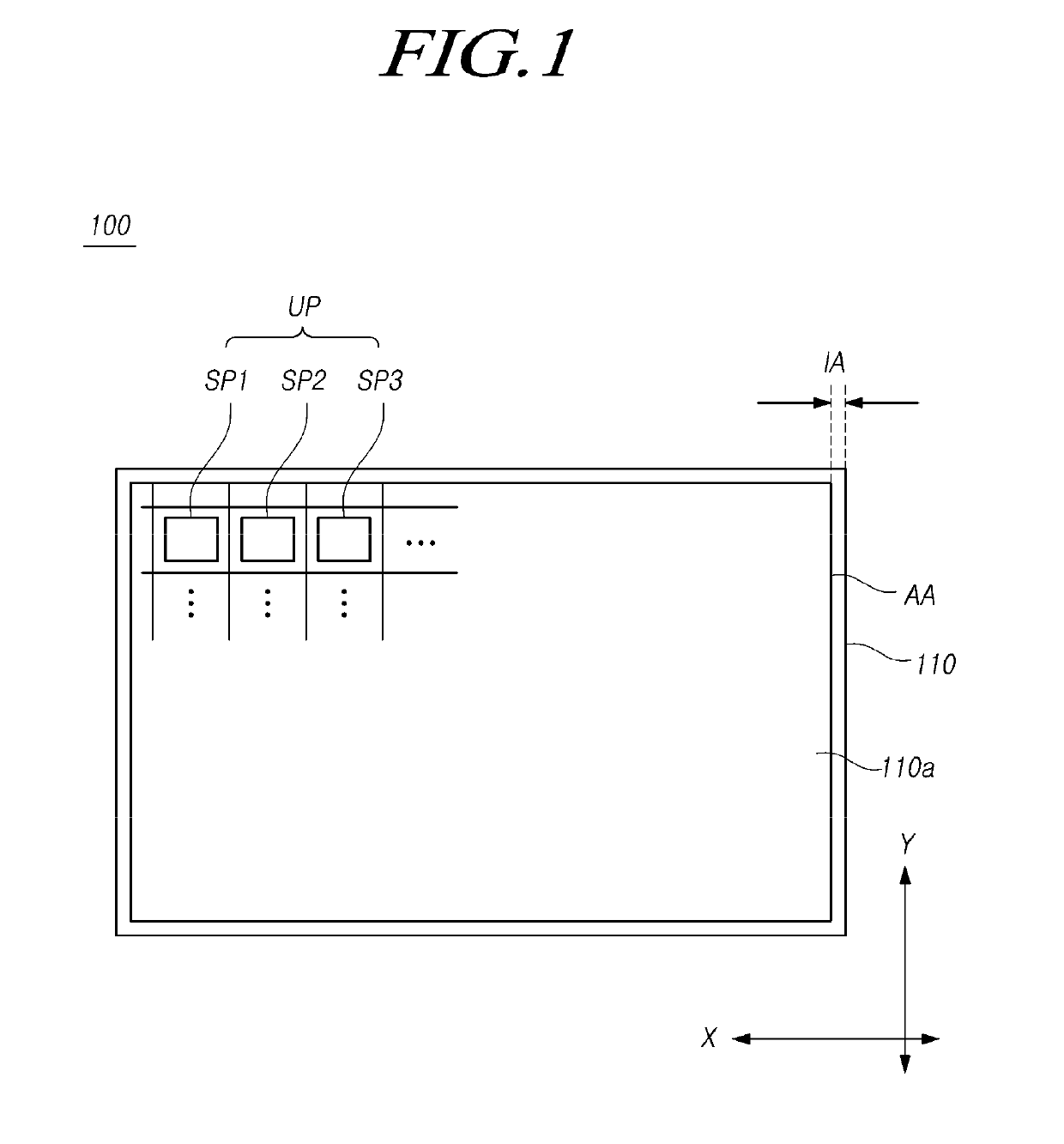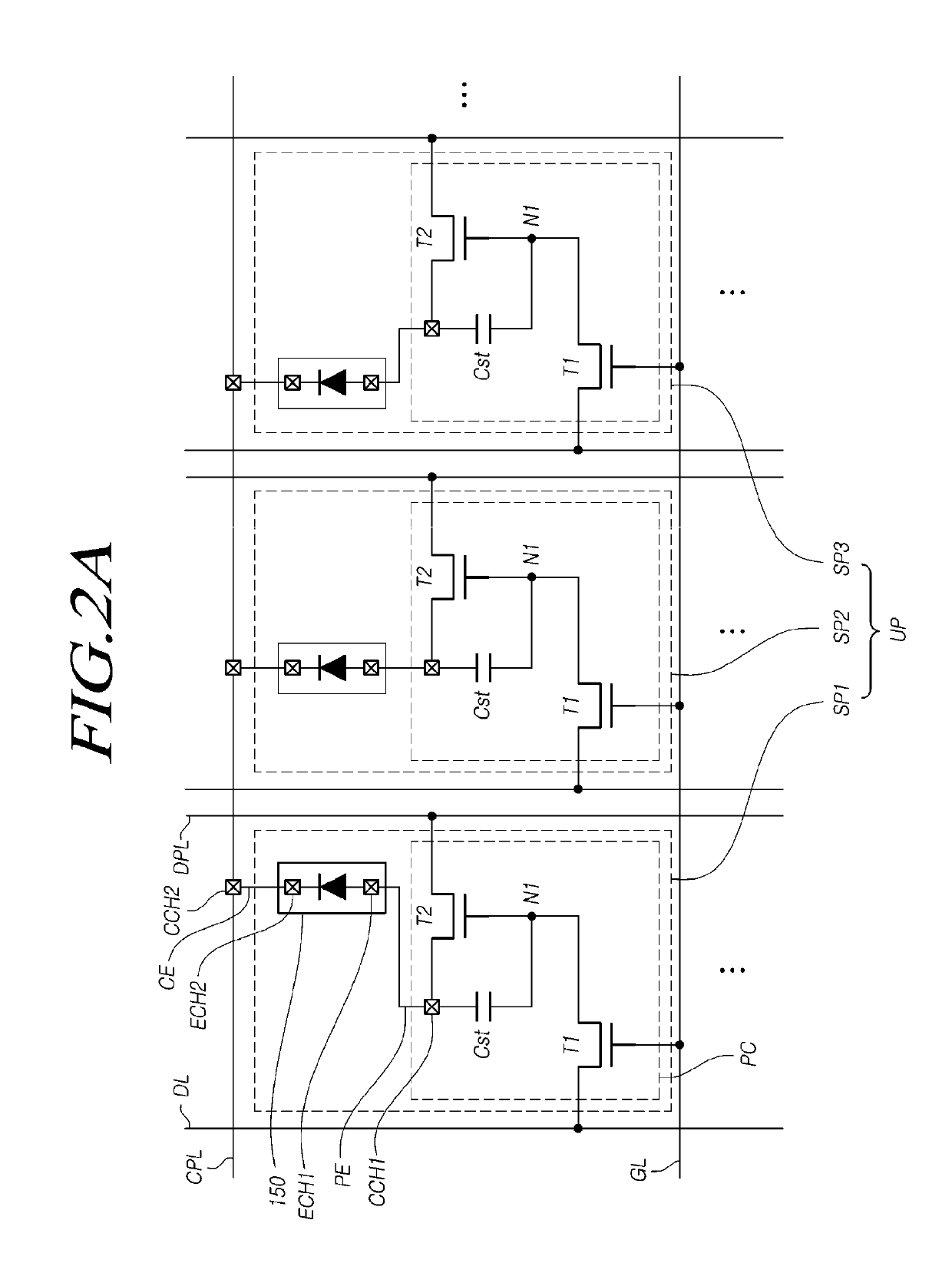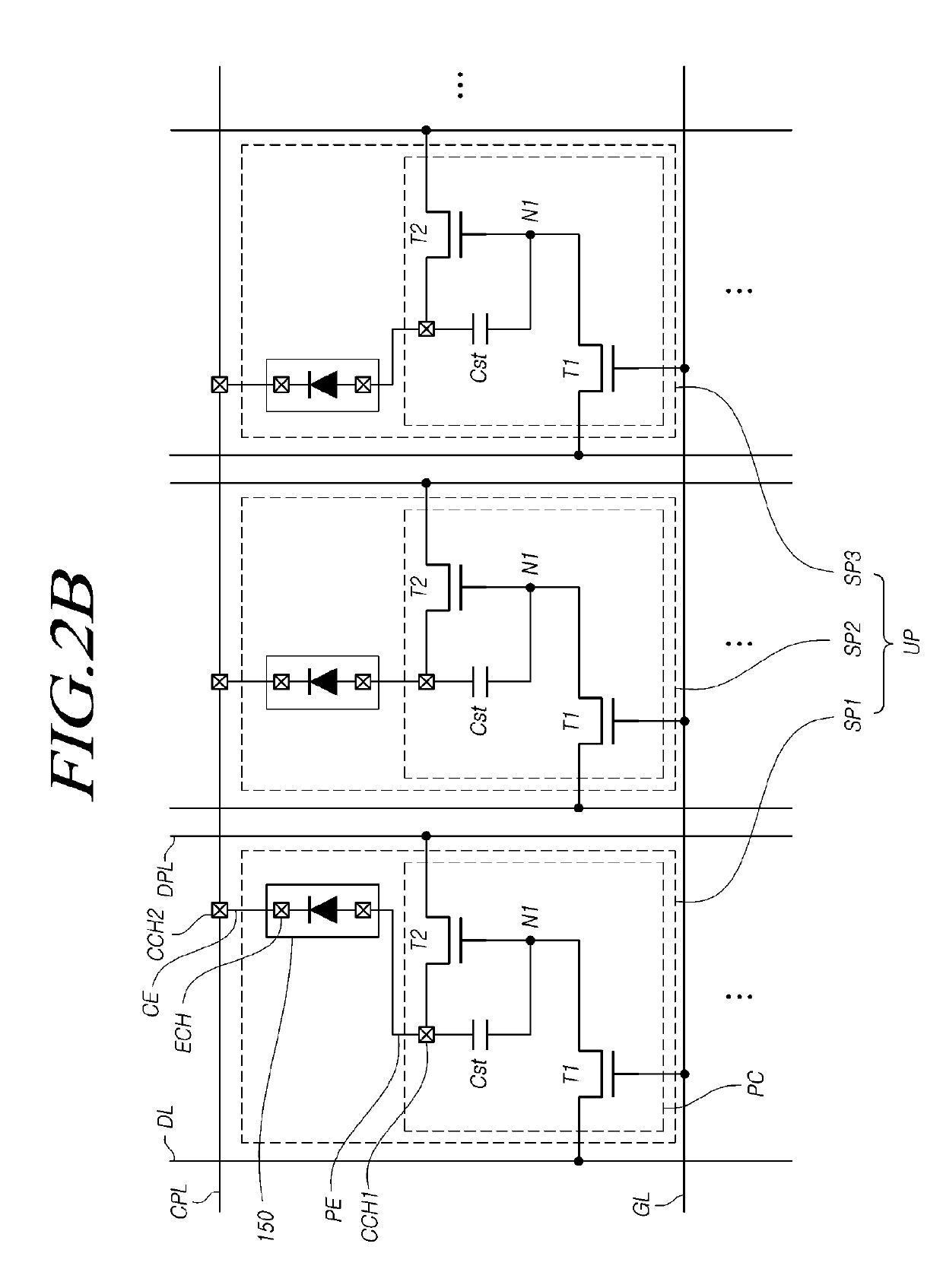Light-emitting device and display device using the same
a technology of light-emitting devices and display devices, which is applied in the direction of basic electric elements, semiconductor devices, electrical equipment, etc., can solve the problems of reducing the luminance response speed of the display device, increasing the thickness of the lcd device, and reducing the ability of the display device to be provided with a variety of designs, so as to reduce the defect rate of a transfer process, ensure the effect of electrical connection and minimizing the defect rate of the display devi
- Summary
- Abstract
- Description
- Claims
- Application Information
AI Technical Summary
Benefits of technology
Problems solved by technology
Method used
Image
Examples
case 3
[0247]In Case 3 illustrated in FIG. 11C, the first zone Z1 and the second zone Z2 are set to have independent electrode structures, and one of the first zone Z1 and the second zone Z2 is set as a dummy zone. When the first zone Z1 is damaged or fails to generate light, it is possible to repair a defective pixel by a circuit control method, a laser-based electrode connection method, or the like.
[0248]In addition to the above-described applications, the LED device 150 can be used in a variety of other applications, depending on a variety of circuit connections.
[0249]The connection of electrodes E1 and E2 located on the bottom portions of the LED device 150 may be carried out using a method of melting the butted surfaces of the electrodes using high-temperature heat generated by electrical resistance against current supplied to the adjoined electrodes so that the contact portions of the two electrodes are welded or a method of melting and welding the surfaces of the electrodes connecte...
PUM
 Login to View More
Login to View More Abstract
Description
Claims
Application Information
 Login to View More
Login to View More - R&D
- Intellectual Property
- Life Sciences
- Materials
- Tech Scout
- Unparalleled Data Quality
- Higher Quality Content
- 60% Fewer Hallucinations
Browse by: Latest US Patents, China's latest patents, Technical Efficacy Thesaurus, Application Domain, Technology Topic, Popular Technical Reports.
© 2025 PatSnap. All rights reserved.Legal|Privacy policy|Modern Slavery Act Transparency Statement|Sitemap|About US| Contact US: help@patsnap.com



